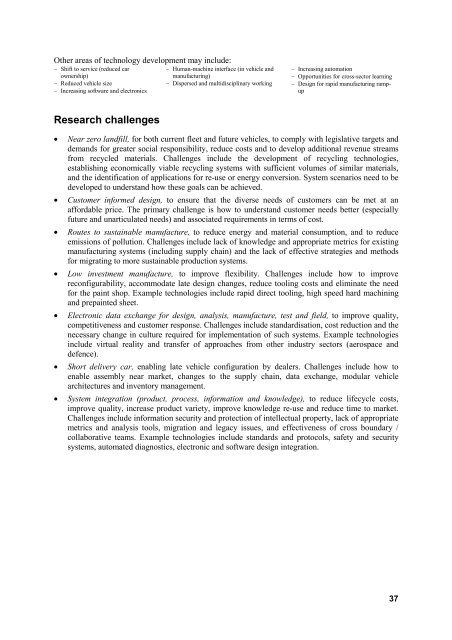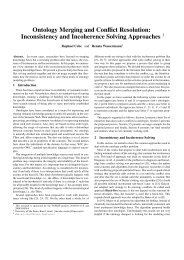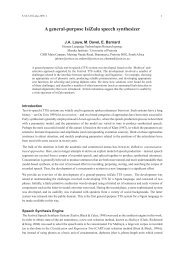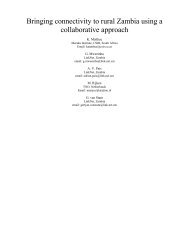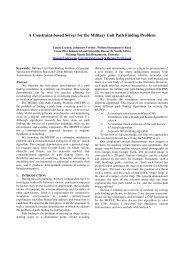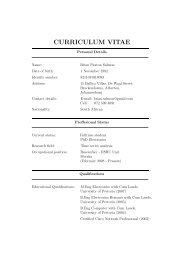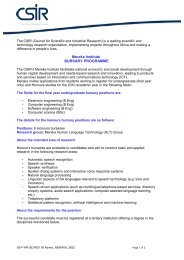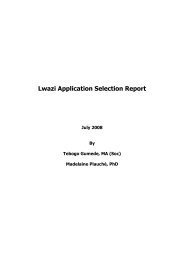Foresight Vehicle Technology Roadmap - Institute for Manufacturing
Foresight Vehicle Technology Roadmap - Institute for Manufacturing
Foresight Vehicle Technology Roadmap - Institute for Manufacturing
- No tags were found...
You also want an ePaper? Increase the reach of your titles
YUMPU automatically turns print PDFs into web optimized ePapers that Google loves.
Other areas of technology development may include: Shift to service (reduced carownership) Reduced vehicle size Increasing software and electronics Human-machine interface (in vehicle andmanufacturing) Dispersed and multidisciplinary working Increasing automation Opportunities <strong>for</strong> cross-sector learning Design <strong>for</strong> rapid manufacturing rampupResearch challengesNear zero landfill, <strong>for</strong> both current fleet and future vehicles, to comply with legislative targets anddemands <strong>for</strong> greater social responsibility, reduce costs and to develop additional revenue streamsfrom recycled materials. Challenges include the development of recycling technologies,establishing economically viable recycling systems with sufficient volumes of similar materials,and the identification of applications <strong>for</strong> re-use or energy conversion. System scenarios need to bedeveloped to understand how these goals can be achieved.Customer in<strong>for</strong>med design, to ensure that the diverse needs of customers can be met at anaf<strong>for</strong>dable price. The primary challenge is how to understand customer needs better (especiallyfuture and unarticulated needs) and associated requirements in terms of cost.Routes to sustainable manufacture, to reduce energy and material consumption, and to reduceemissions of pollution. Challenges include lack of knowledge and appropriate metrics <strong>for</strong> existingmanufacturing systems (including supply chain) and the lack of effective strategies and methods<strong>for</strong> migrating to more sustainable production systems.Low investment manufacture, to improve flexibility. Challenges include how to improvereconfigurability, accommodate late design changes, reduce tooling costs and eliminate the need<strong>for</strong> the paint shop. Example technologies include rapid direct tooling, high speed hard machiningand prepainted sheet.Electronic data exchange <strong>for</strong> design, analysis, manufacture, test and field, to improve quality,competitiveness and customer response. Challenges include standardisation, cost reduction and thenecessary change in culture required <strong>for</strong> implementation of such systems. Example technologiesinclude virtual reality and transfer of approaches from other industry sectors (aerospace anddefence).Short delivery car, enabling late vehicle configuration by dealers. Challenges include how toenable assembly near market, changes to the supply chain, data exchange, modular vehiclearchitectures and inventory management.System integration (product, process, in<strong>for</strong>mation and knowledge), to reduce lifecycle costs,improve quality, increase product variety, improve knowledge re-use and reduce time to market.Challenges include in<strong>for</strong>mation security and protection of intellectual property, lack of appropriatemetrics and analysis tools, migration and legacy issues, and effectiveness of cross boundary /collaborative teams. Example technologies include standards and protocols, safety and securitysystems, automated diagnostics, electronic and software design integration.37


